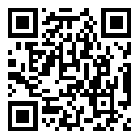Product List
Contact Us
Email:qiao@hvtest.cc
Mobile:+8615871365102
What's app:+8615871365102
-
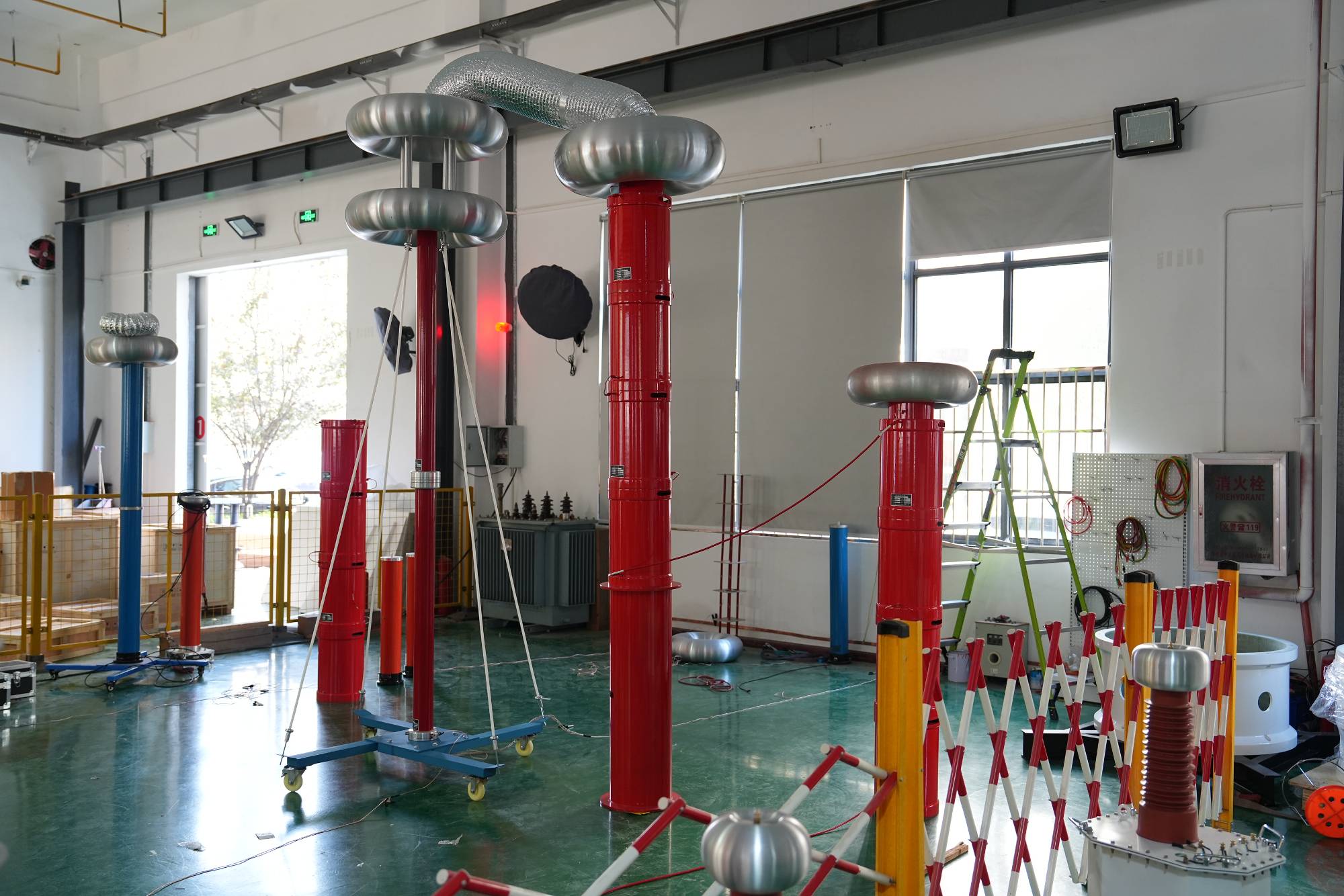
How to choose a suitable series resonance?
2025-10-29There are many different series resonances (also known as AC withstand voltage test devices) in the market now, which makes many people confused when choosing. It is very important to choose a very suitable series resonance that can meet the equipment testing needs of one's own factory. So, how to choose a suitable series resonance?When choosing a suitable series resonance, the first step is to determine the style and specifications of your detection device. If the series resonance style and model you choose do not match the style and model you install, even if you purchase a series resonance with good performance, it will not highlight its very accurate detection ability and will bring you great trouble. Because choosing a series resonance is a very complex matter, it is necessary to consider its manufacturer's reputation and strength. Therefore, when choosing a series resonance, it is also necessary to consider the model of the factory equipment, and then select a series reso
MORE -
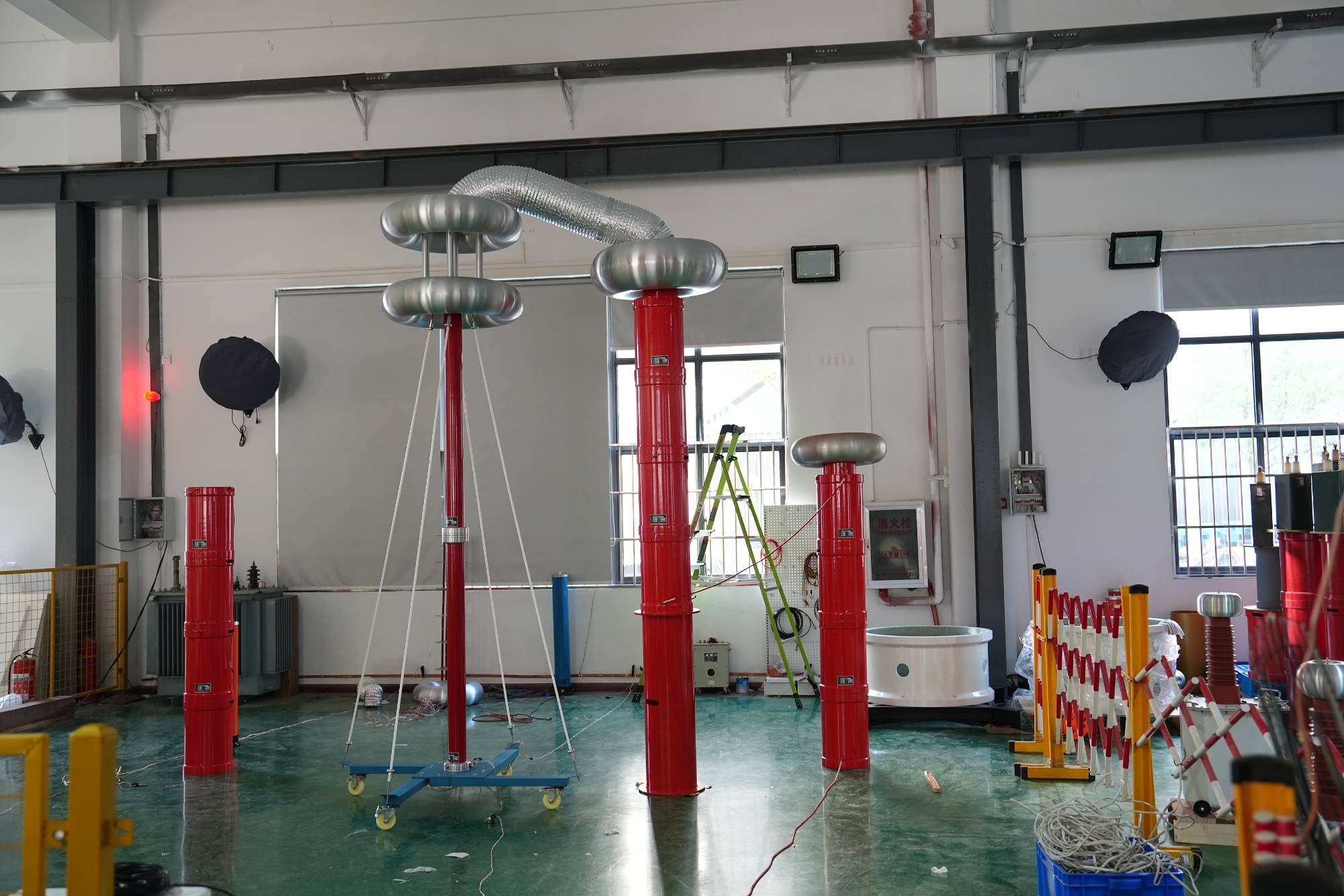
Why does series resonance have similar characteristics to power sources?
2025-10-28Usually, we will find that series resonance (also known as series resonance test device) has similar related characteristics of the power supply, and the reason for its similar related characteristics is also due to its own basic circuit structure. For a current source, its characteristic is that the current value it outputs is not affected by external loads and is only related to its own factors.And for the voltage source, its output voltage is also related to its own factors, and has no relationship with other external loads. At the same time, they will not be affected by external loads or factors that cause changes in voltage and current. Simply put, as long as they do not change themselves, the values they output are constant.Usually, when we refer to a component with similar power characteristics, it means that its output power is independent of other external factors or has little relationship with other load factors. Therefore, we call it a component with similar power character
MORE -
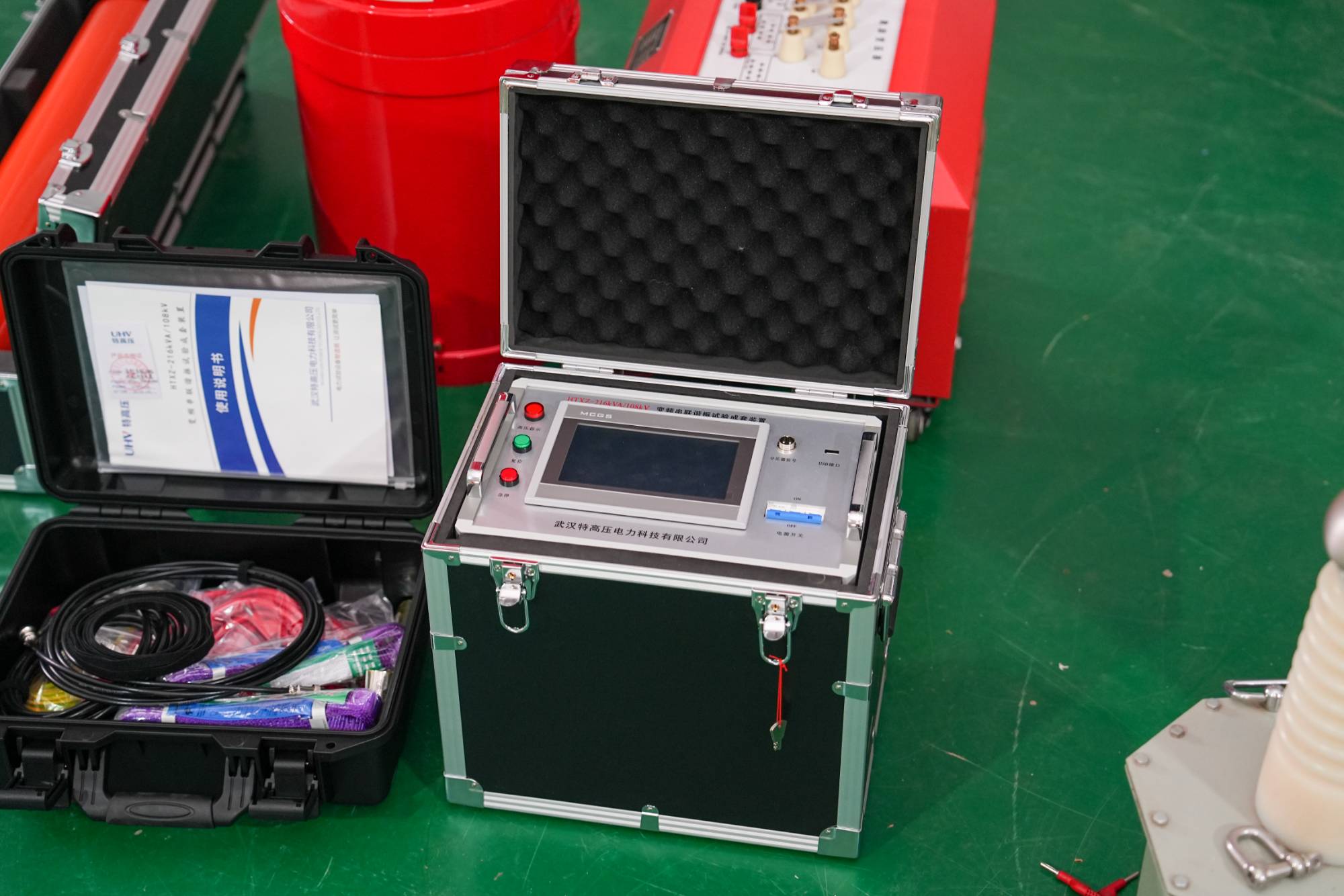
What are the sources of frequency error in series resonance?
2025-10-28Series resonance (also known as variable frequency series resonance withstand voltage device) may inevitably experience some errors during use. So, what are the main sources of frequency errors? Firstly, it is possible that there may be errors between the resistors, capacitors, inductors, and other instruments used in the experiment and their rated values. However, the errors caused by this may not be significant, usually only accounting for a few percent of the possibility, but the difference can even be around plus or minus ten percent. Such errors are considered relatively large.Then errors may occur when connecting circuits in a series resonance test circuit due to improper operation, resulting in errors such as wire resistance, welding resistance, parasitic capacitance, and parasitic inductance. However, these errors can be said to be very small, usually accounting for a few thousandths of the possible errors.Of course, when conducting experiments, it is humans who are doing the e
MORE -
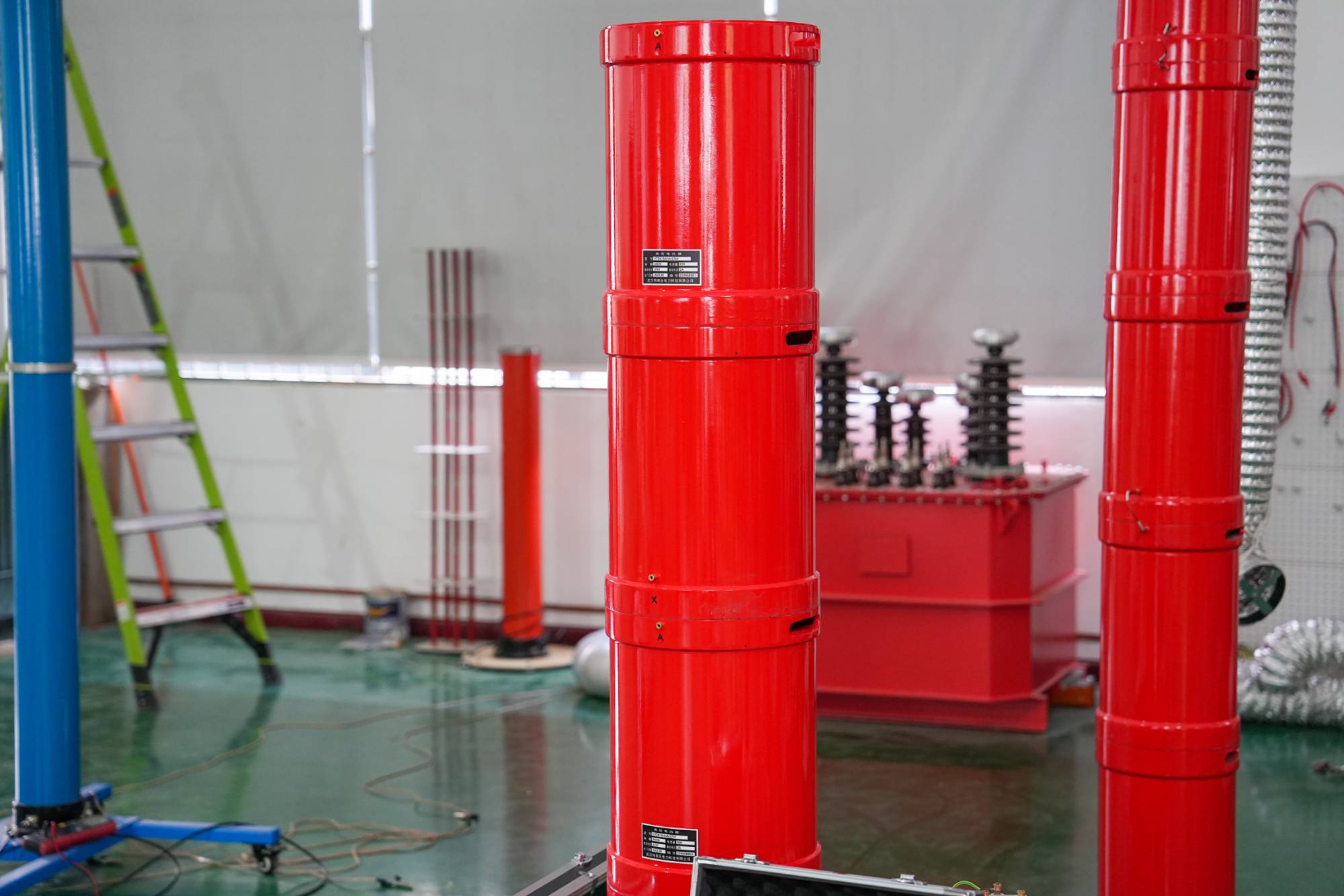
What are the small details involved in selecting series resonance?
2025-10-28Many people believe that when choosing a series resonance (also known as a series resonance withstand voltage device), they hope to have a preliminary understanding of the small details involved in selecting a series resonance? After all, many people have spent a lot of time and effort in the previous selection process, but still haven't found the suitable series resonance for themselves.When choosing a series resonance, it is important to understand whether its performance is stable or what its detection power is. A series resonance with higher detection power and stable performance can detect all problems within a few minutes during detection, and specific data values can also be obtained from the LED display screen. At this point, it is also very helpful for restoring the production capacity of the equipment, as equipment failure can seriously affect its character and prevent it from producing very good products. How can it have its own position in the market.When selecting a se
MORE -
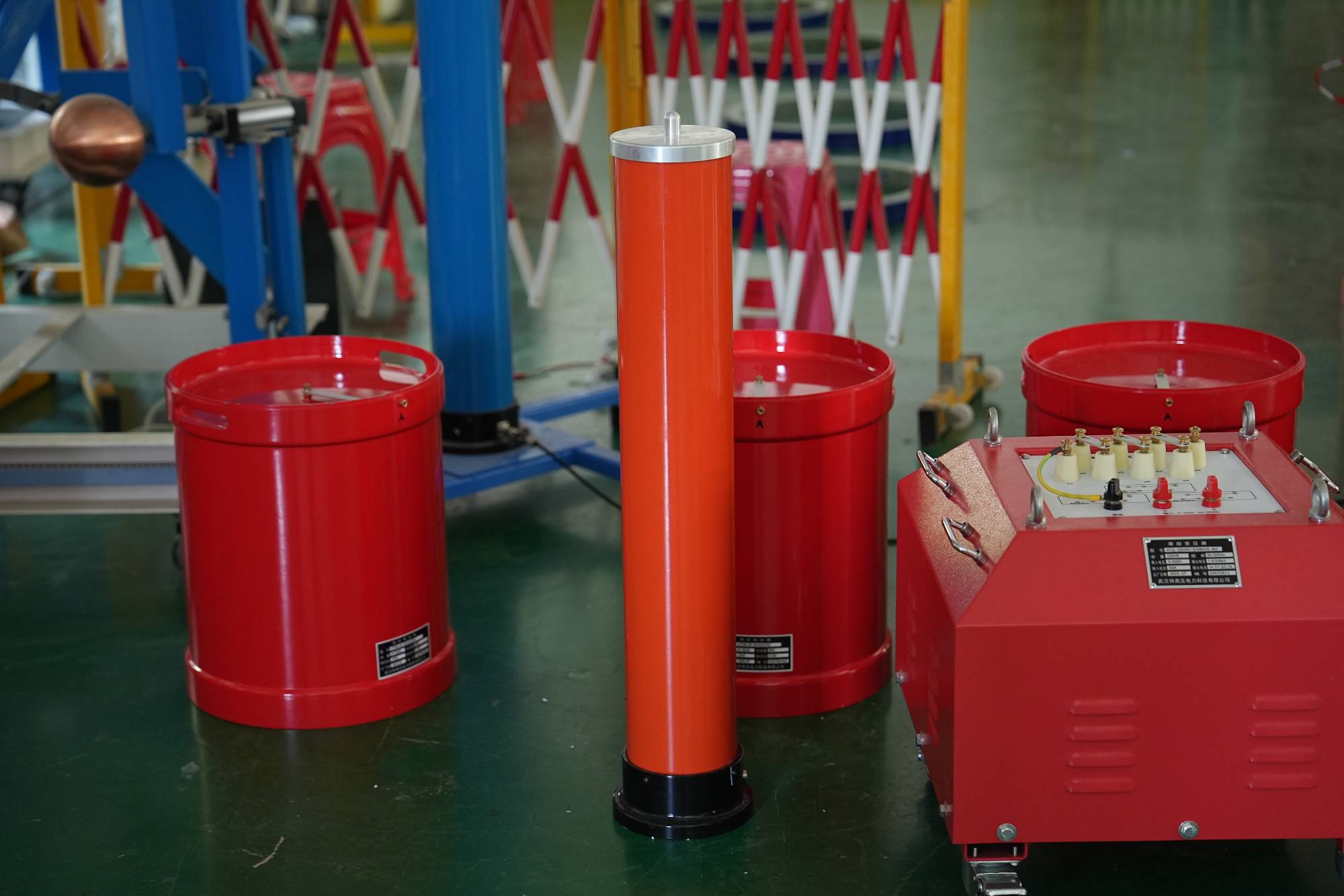
Series resonance technology is mature and widely applicable
2025-10-27If the series resonance purchased by oneself does not have a very high technical content, or if various faults always occur during use, it will seriously affect its usability and cause great losses to one's own factory. However, now that the series resonance technology is mature and widely applicable, it is a testing equipment that many factories are competing to choose.Any manufacturer needs to ensure that a certain testing equipment has a very high technological content and very accurate detection performance when designing it, in order to become an advantage of their product and have corresponding value in the market. The series resonant device can highlight this point. Its entire detection speed is very fast, with high accuracy. With the correct operation, it can detect the problem of factory equipment in just a few minutes. It can also use data analysis on the LED screen to understand how to solve product equipment failures and the overall production efficiency of the factory.
MORE -
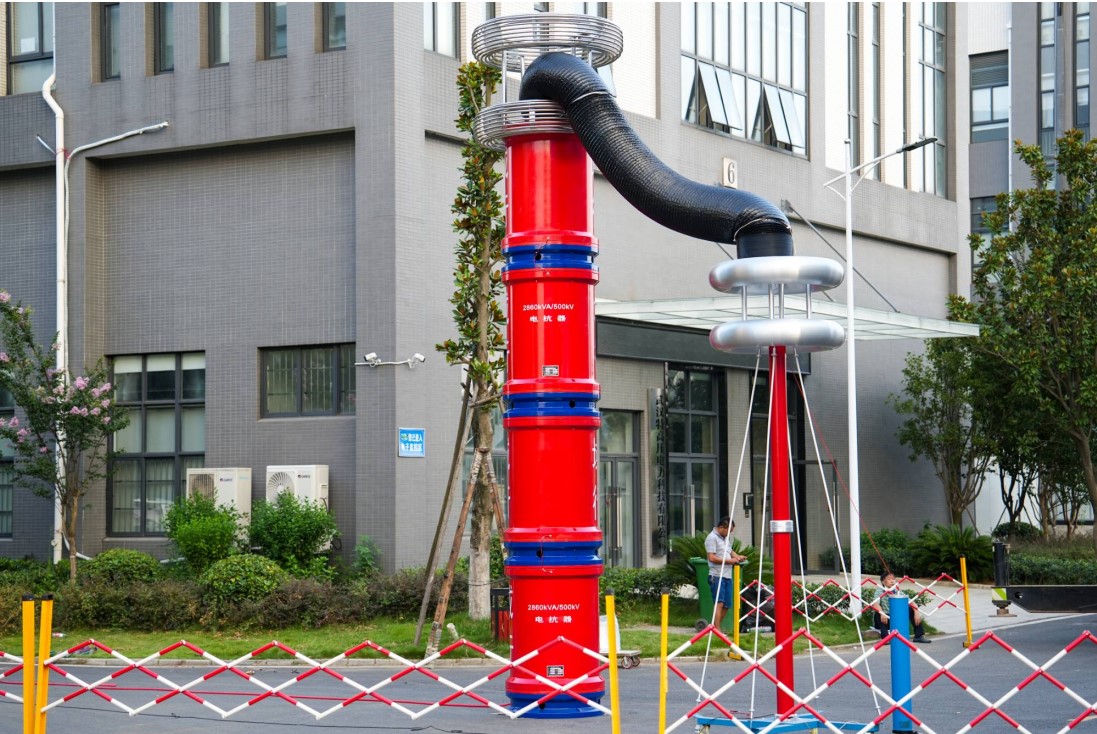
Strong series resonance function and strong protection
2025-10-27Regardless of the type of testing device purchased, it is necessary to ensure that it is a highly powerful and suitable testing device for the needs of one's own factory. Every customer in the market should choose it now.For example, when using series resonance, people may find that the operation is very simple. Before using series resonance, it is necessary to understand whether there is a problem with its circuit. Once this is determined, as long as it is installed properly, simple data operations can be used to find out what the fault is in their own equipment within a few minutes. Through corresponding data analysis, a good method can also be found to accurately detect electronic faults. More and more people now consider series resonance when choosing a powerful electronic detection device, which can ensure that customers will not suffer any losses during use and can also provide me with satisfactory detection results.The self-protection of series resonance equipment is also ve
MORE -
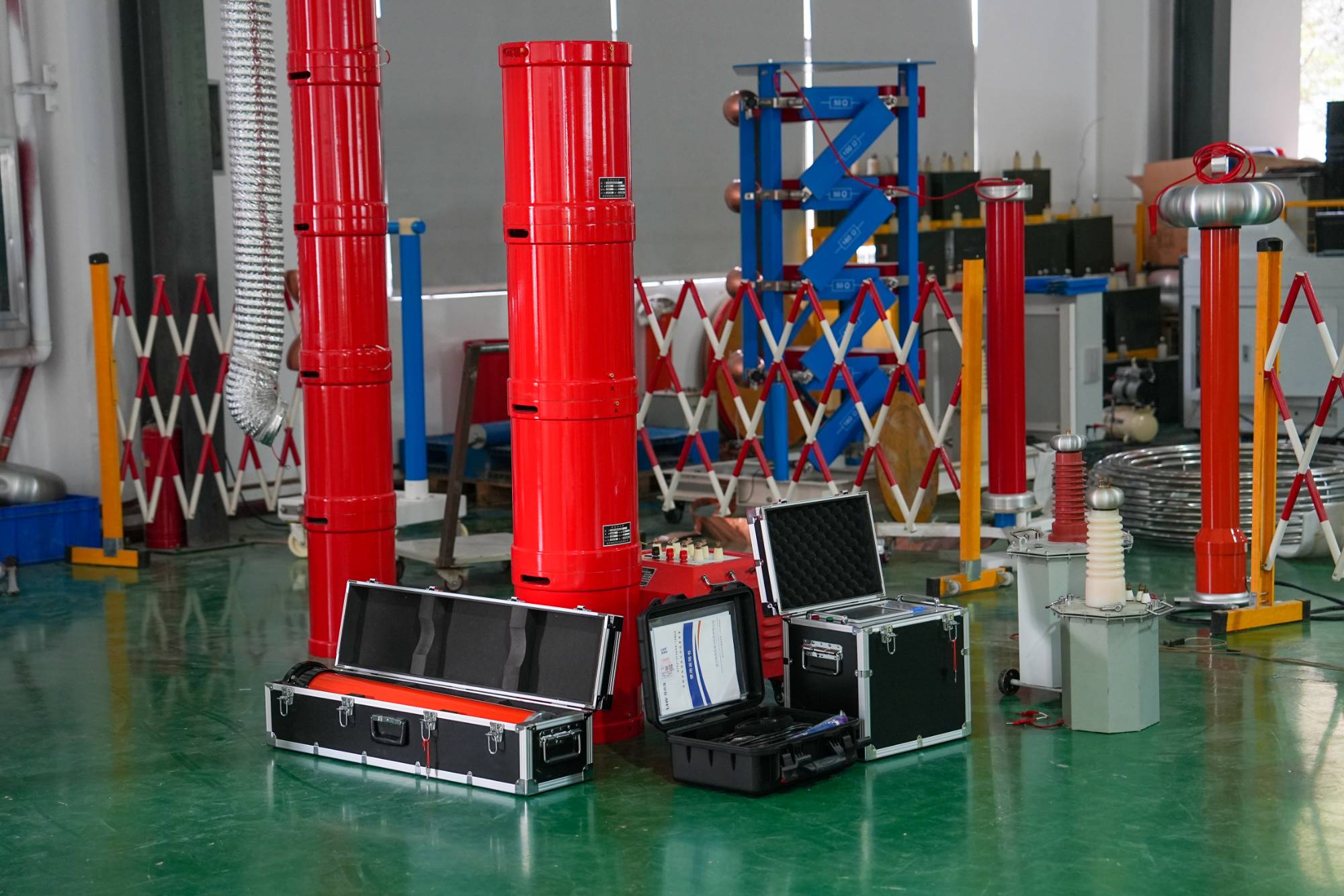
What are the ways to extend the service life of series resonance?
2025-10-27The detection value of series resonance (also known as series resonance withstand voltage test device) for factory equipment is increasing. When using it, it is necessary to find a good way to extend the service life of series resonance in order to be more conducive to the use of the factory. So, what are the ways to extend the service life of series resonance?Before using series resonance, it is necessary to understand its correct usage. Only by knowing the correct selection method can there be no problems during operation that may result in inaccurate detection data or affect the service life of series resonance. If you are not particularly familiar with the usage of series resonance, you can directly read the user manual of series resonance or communicate with the manufacturer's staff to get a very good answer, which can also help you operate series resonance in the correct way and naturally extend the service life of series resonance.Of course, after using series resonance, it
MORE -
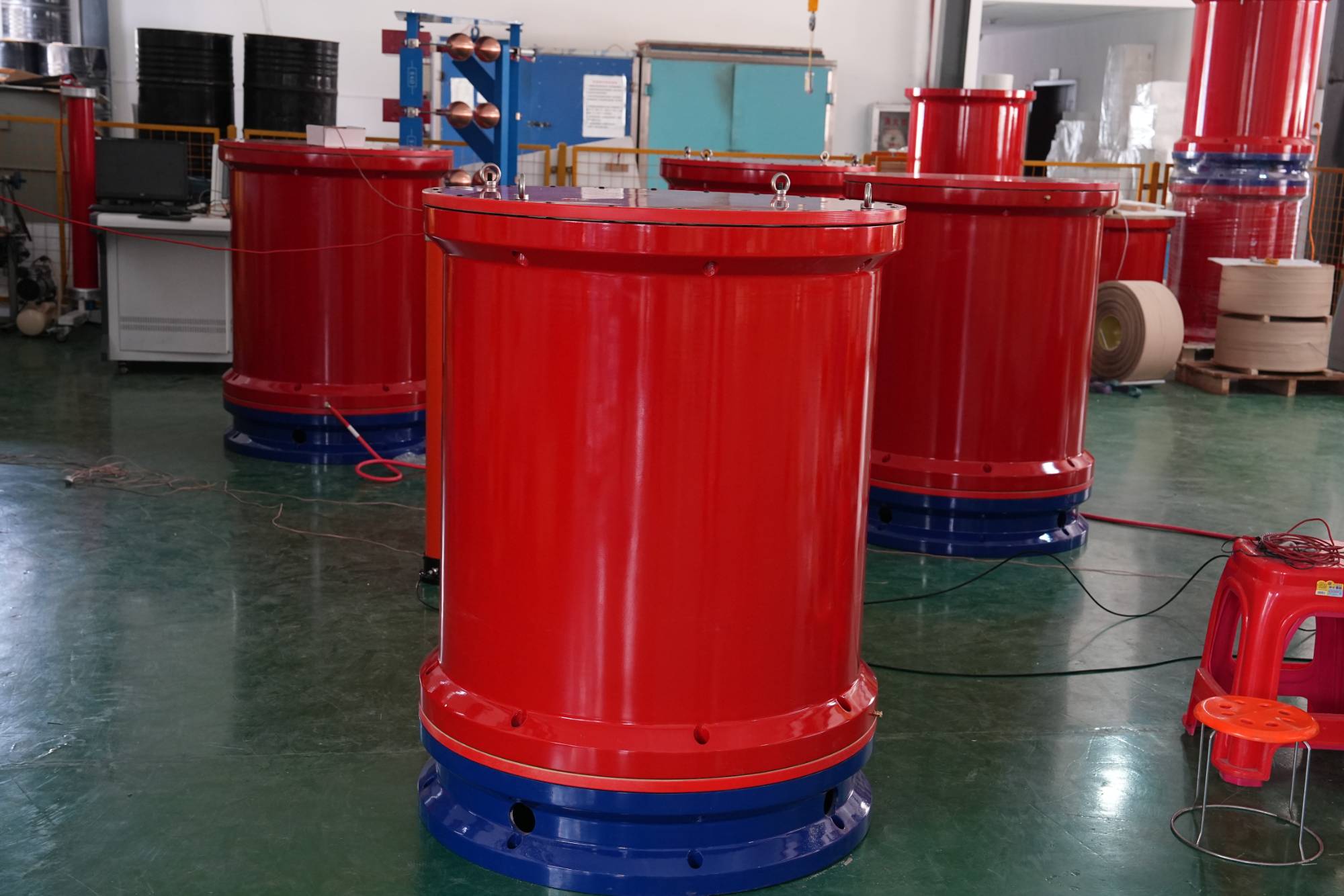
Calculation method for frequency conversion series resonance
2025-10-24Variable frequency series resonance mainly refers to the voltage and current of the studied series circuit reaching the same phase, that is, the inductance reactance and capacitance reactance of the inductor in the circuit are equal in value and time, making the studied circuit exhibit pure resistance characteristics. At a given terminal voltage, the maximum current will occur in the studied circuit. The maximum active power is consumed in the circuit.Calculation method for frequency conversion series resonancez=r+jx,x=0,z=r,i=u/z=u/r。 (1) Resonance definition: In a circuit, when the energy of two components is released by one reactive module and the other reactive module must absorb the same energy, the energy of the two components is equal, that is, there will be energy pulsation between the two reactive components.(2) In order to generate resonance, the circuit must have inductance L and capacitance C.(3) The corresponding resonance frequency is represented by fr as the resonance f
MORE -
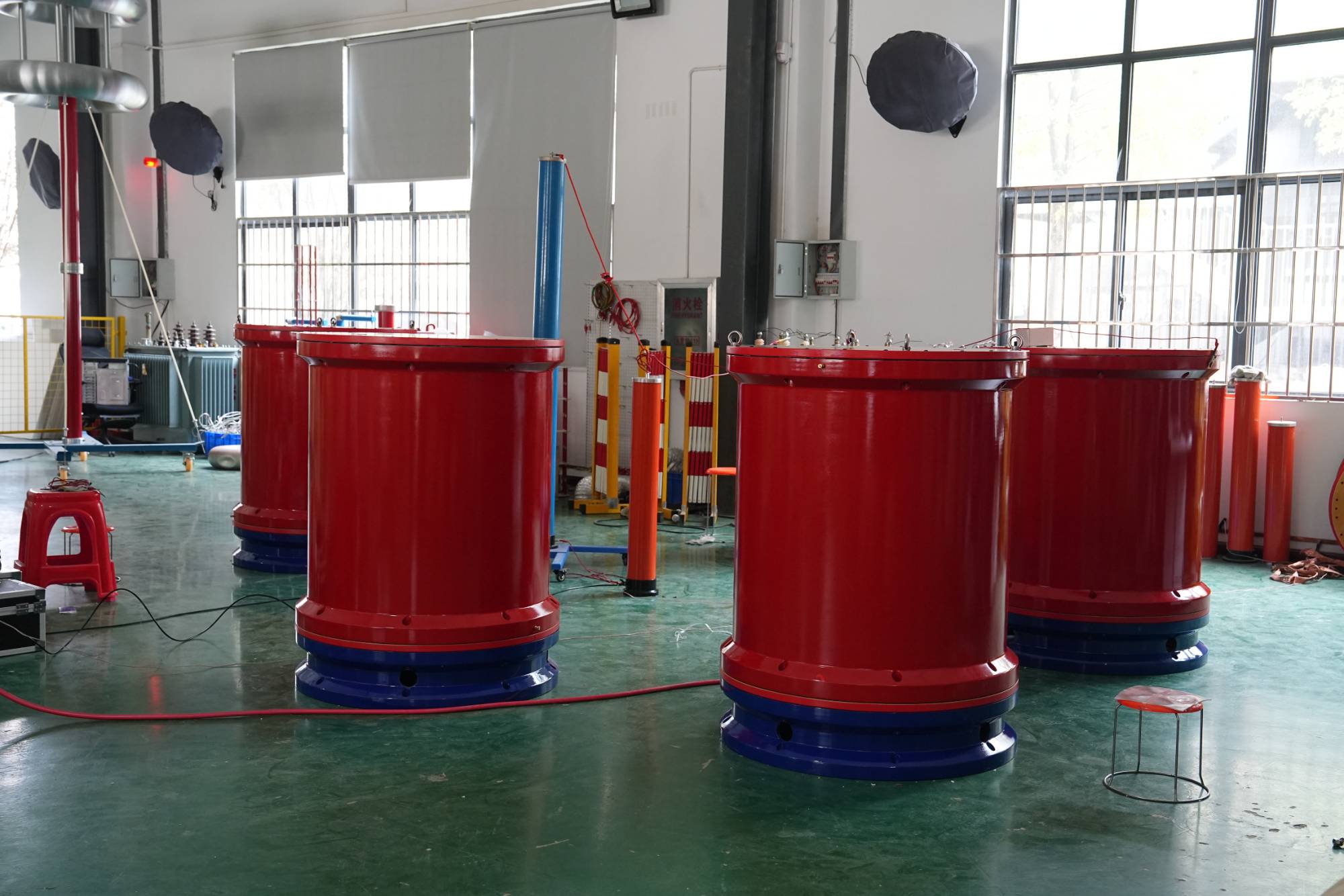
The difference between series resonance and parallel resonance principles
2025-10-24Under the action of applied AC power, the circuit of inductance and capacitor will cause oscillation; Each oscillation circuit has its own natural frequency. When the frequency of the applied AC power is equal to the natural frequency of the loop, the amplitude of the oscillation (voltage or current) reaches its maximum value, which is called resonance; The input circuit of the radio is a resonant circuit. By changing the inductance or capacitance of the loop, the natural frequency of the loop is equal to the radio frequency to be received. By generating resonance, the signal of the radio can be selected. The intermediate frequency transformer of the radio is also a resonant circuit tuned at a frequency of 465 kHz, allowing the intermediate frequency amplifier to have maximum amplification capability for intermediate frequency signals at 465 kHz, while suppressing signals at other frequencies.In a series oscillating circuit consisting of resistors, inductors, capacitors, and an externa
MORE -
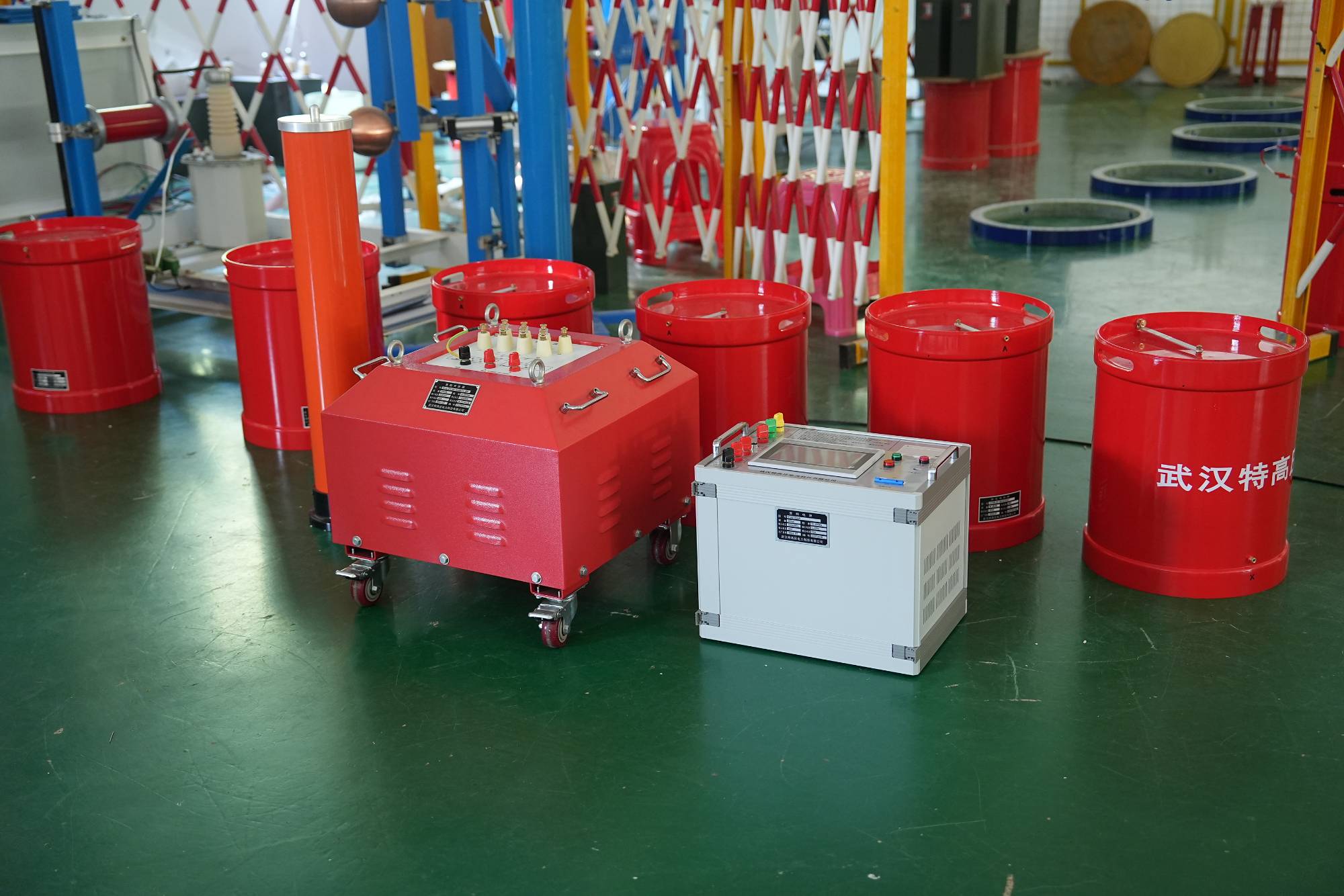
How is the principle of series resonance control circuit analyzed?
2025-10-24Switching converter is a negative feedback control system, and its control link is crucial. The control methods of the converter are divided into voltage mode and current mode. Voltage mode control is a single closed-loop control with only voltage feedback, and the error amplifier only detects the output voltage when the output current and output voltage change. The control is simple, but the dynamic and steady-state performance is not good enough. In addition, due to only adjusting the voltage without considering the impact of current changes on the system, it is impossible to adjust the power of the converter.On the basis of voltage feedback, current mode control also introduces a current feedback loop, which essentially makes the output inductor current follow the value set by the error voltage. The inductor can be replaced by a constant current source, so that the system can be reduced to first order through second-order, simplifying the design of the control system regulator. In t
MORE -
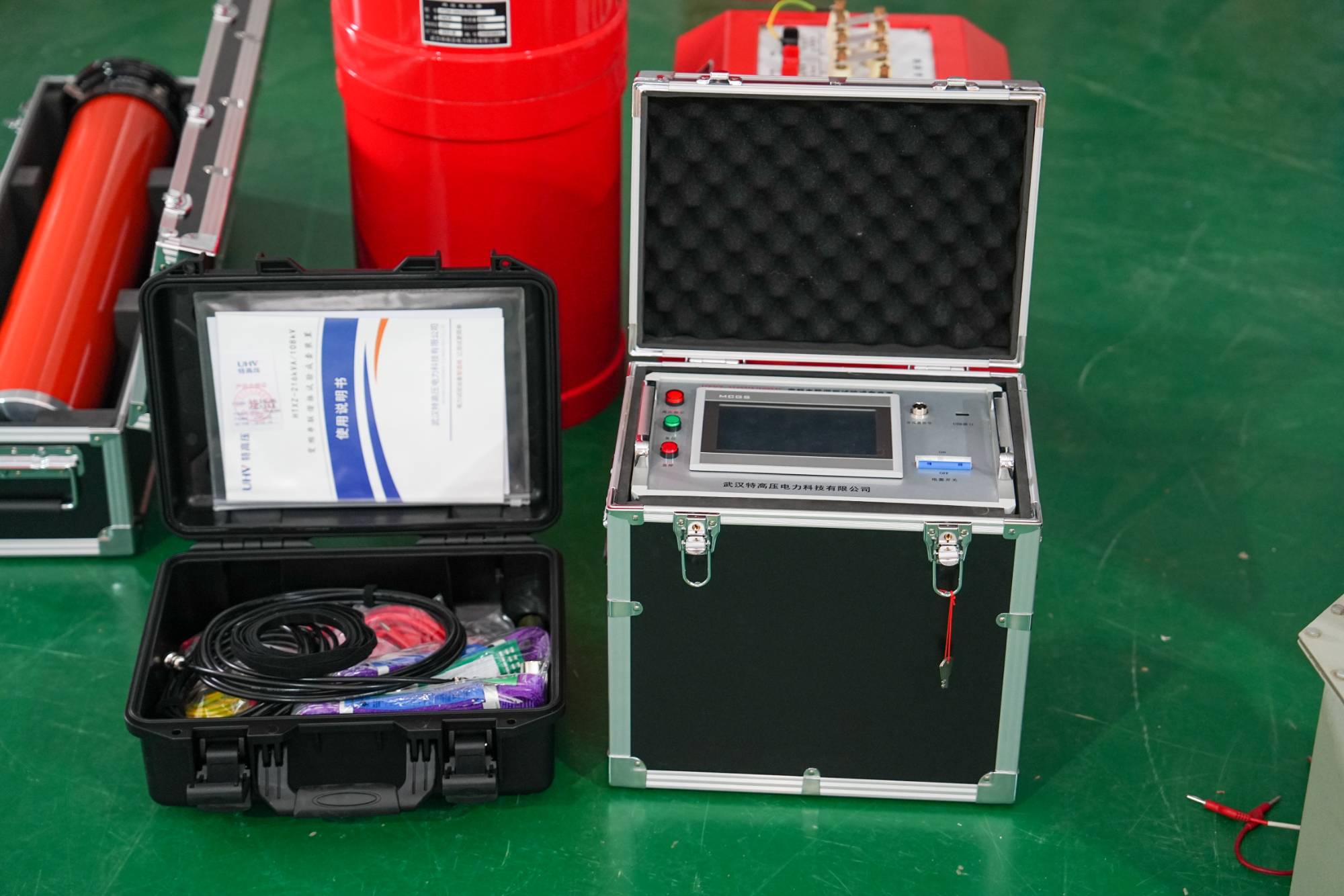
Reason for the inability of the series resonance test device to reach the set target voltage
2025-10-23The series resonance test device is the primary equipment for AC withstand voltage testing. Currently, in the power testing industry, the variable frequency series resonance withstand voltage test device is generally used for large capacity test samples. Because it adopts the LC oscillation principle of inductance and capacitance, an assembled device can be used to complete the withstand voltage test of long-distance cables and high-voltage electrical equipment. In practical applications, due to its simple operation and portability, it is widely used in power engineering commissioning projects. By controlling the power supply of the main converter, the current can be converted into a pure sine wave through AC-DC-AC conversion, and the output frequency and voltage can be adjusted within a certain range. It is the core control part of the series resonant boost test.Today, we will explain the possible causes and troubleshooting solutions for a common situation encountered on site, so that
MORE -
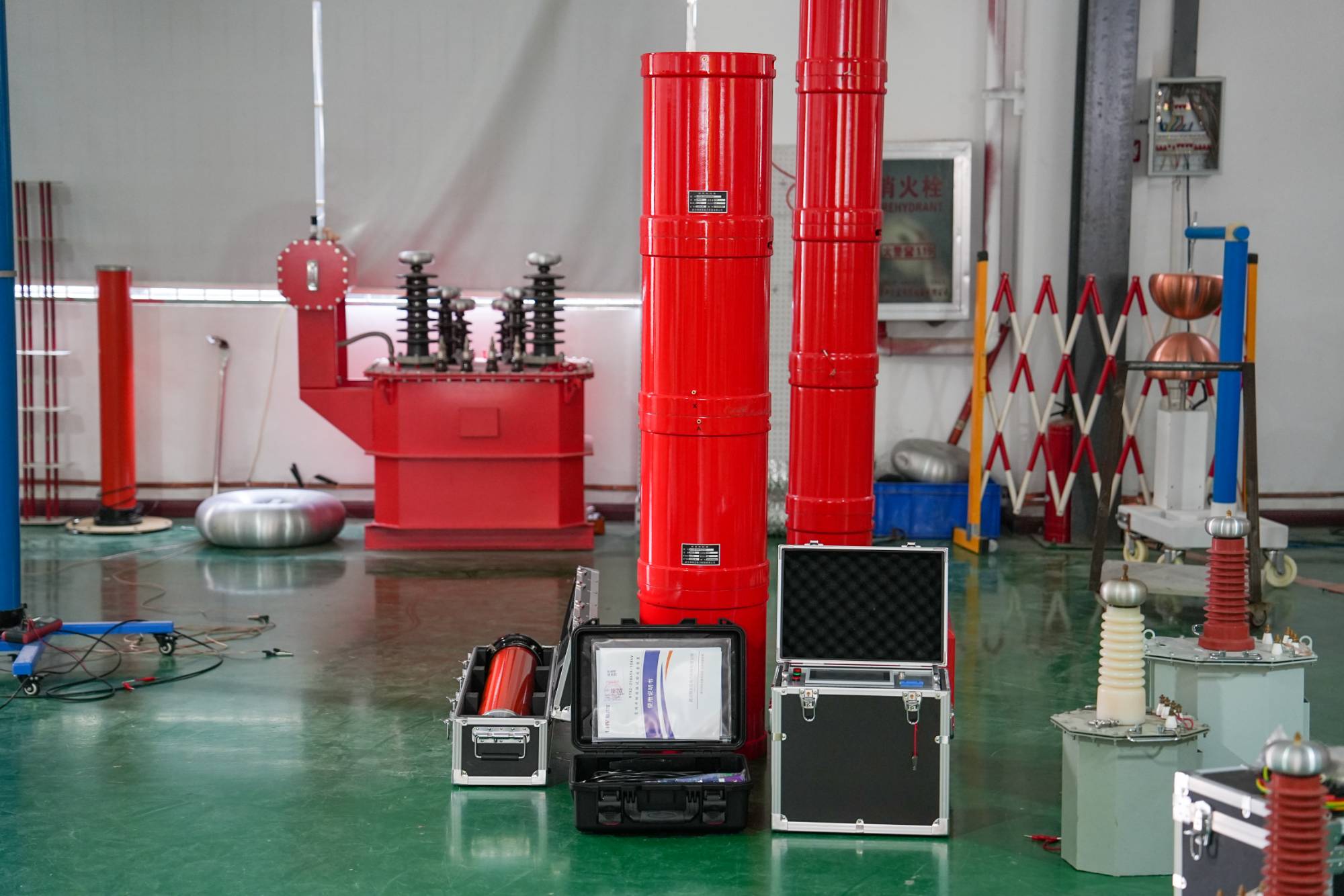
Why does the series resonance test device sometimes fail to measure the resonance point?
2025-10-23In work, power workers often need to test the incoming lines of high-voltage power cables to identify the resonance points of the cables, thus requiring the use of a series resonance test device, which is difficult to achieve the desired effect of the instrument. This article briefly introduces several main reasons for measuring the resonance point of a series resonance test device.(1) Equipment wiring error. The series resonance test device mainly consists of four main components: the test host, excitation transformer, reactor, and voltage divider. The device must be connected to the tested cable. If the wiring is incorrect, not only can the resonance point of the cable not be measured, but also the resonance point of the cable cannot be measured. It can also easily affect the lifespan of the series resonance test device and even burn out the equipment between them.(2) The equipment usage method is incorrect. When using the series resonance testing device, it is necessary to strictly
MORE -
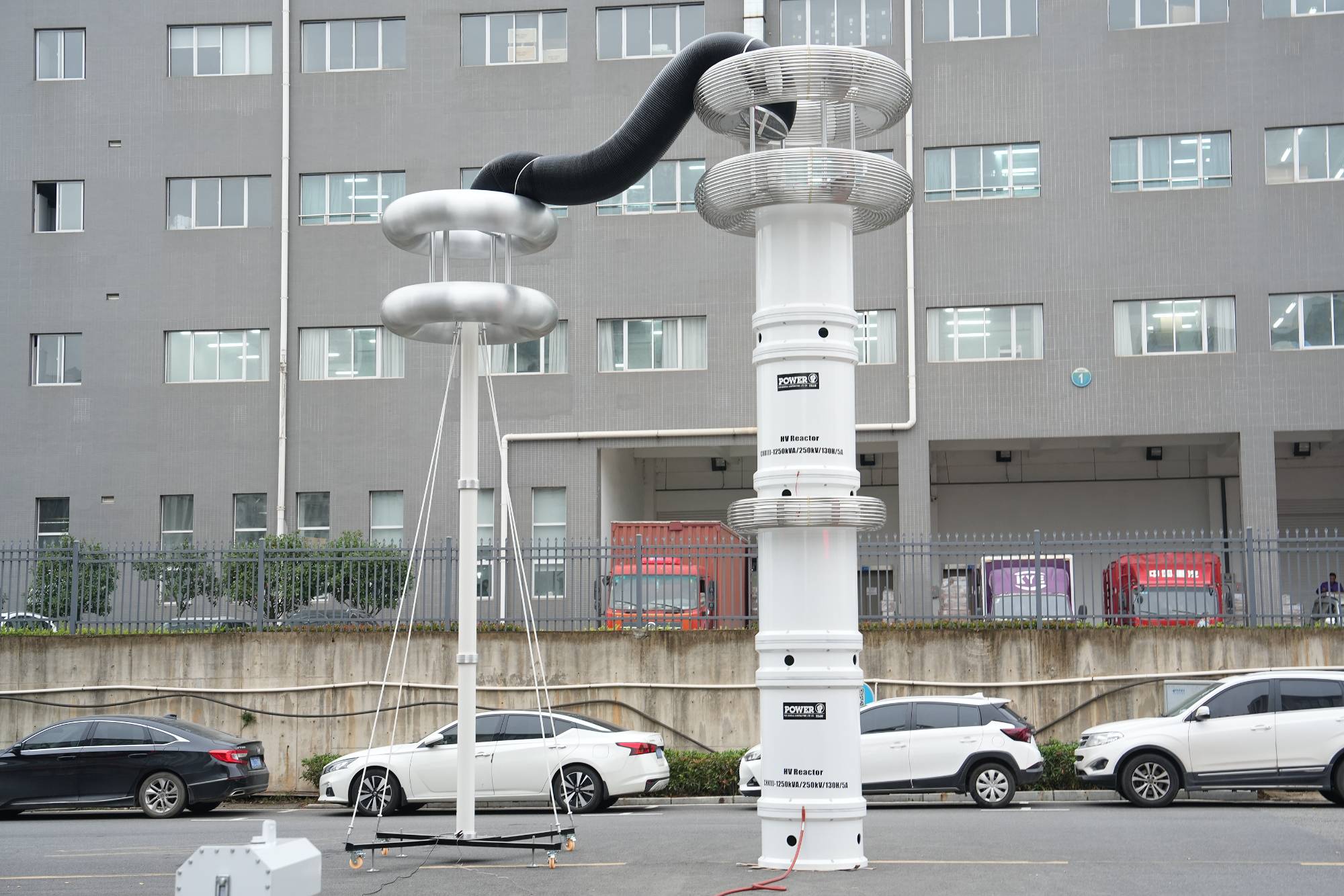
What should be noted when conducting a series resonance test?
2025-10-23In recent years, with the rapid development of the power grid and the advancement of science and technology, the capacity of power frequency withstand voltage testing equipment is small, which does not meet the requirements of large electrical equipment withstand voltage testing. It has a large volume, high noise, complex wiring, and is difficult to carry. Therefore, in order to meet the development needs of the power grid, we use a series resonance test device to conduct AC withstand voltage tests on the test samples. As the test is high voltage, we need to be very careful and pay attention to safety. Below are the precautions to be taken when using series resonance for testing?(1) We need to pay attention to on-site wiring: there are two testing lines that must use dedicated testing lines and cannot be mixed with other testing lines. One is the signal acquisition line from the voltage divider to the control host, which uses coaxial signal lines. The other is the insulated high-voltag
MORE -
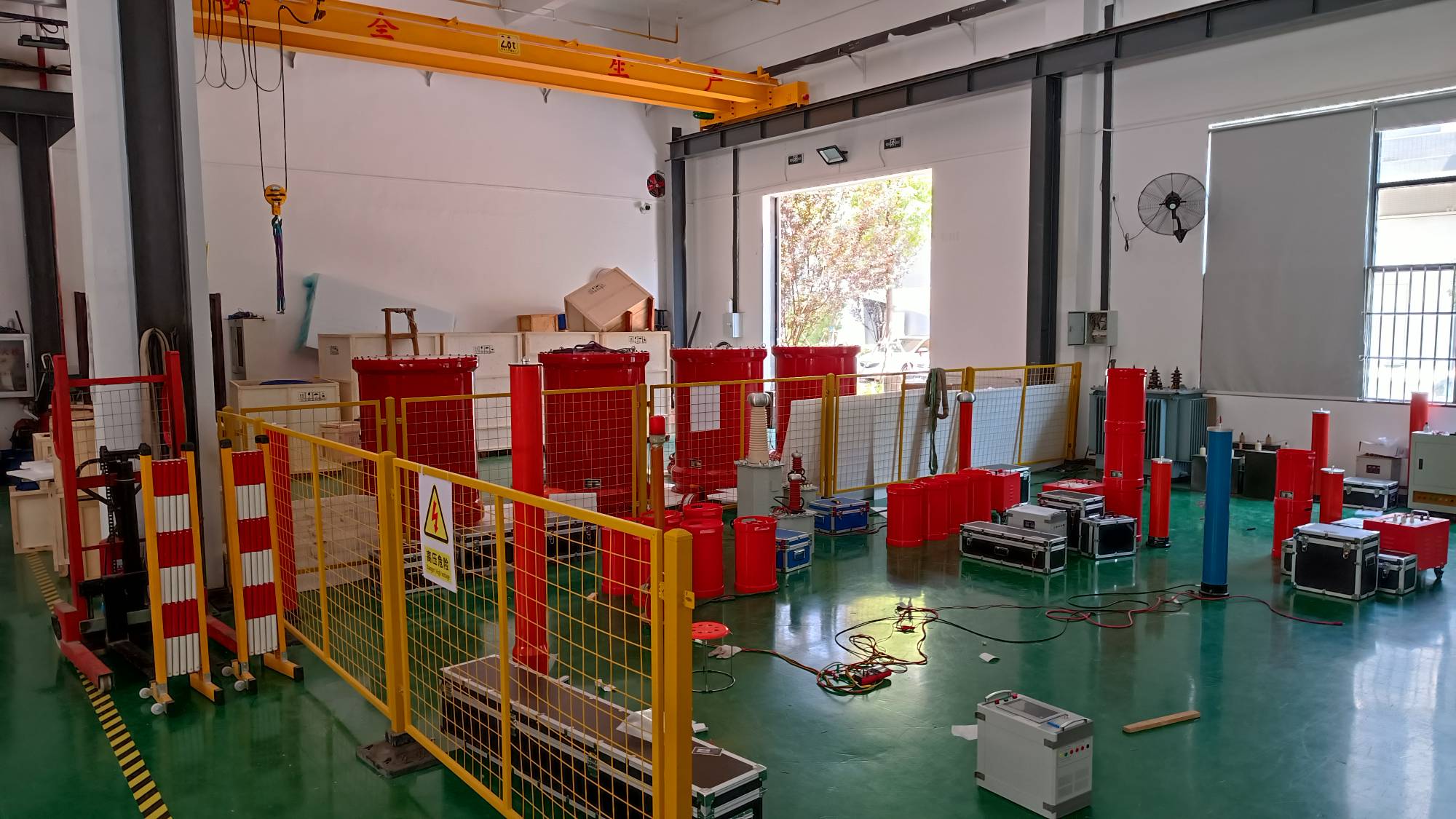
Analysis of AC withstand voltage test using series resonance
2025-10-22For samples with good insulation, they will not be broken down in series resonant AC withstand voltage. To determine whether they have been broken down, the following phenomena can be analyzed.(1) Analyze according to the indications in the circuit access tableIn general, if the ammeter of a series resonant device suddenly rises, it indicates the breakdown of the tested product. But when the ratio of the capacitive reactance xc to the leakage reactance xl of the test transformer is equal to 2, although the test has been interrupted, the indicator light of the ammeter remains unchanged (because the circuit reactance x=xc xl, when the test short circuit xc=0, there is still xlt in the circuit, which is equal to the reactance before the test, so the indicator light of the ammeter will not change). When the ratio of xc to xl is less than 2, the reactance of the test circuit increases and the pointer of the ammeter decreases. Usually, XC>XL does not have the above situation. It can only occ
MORE -
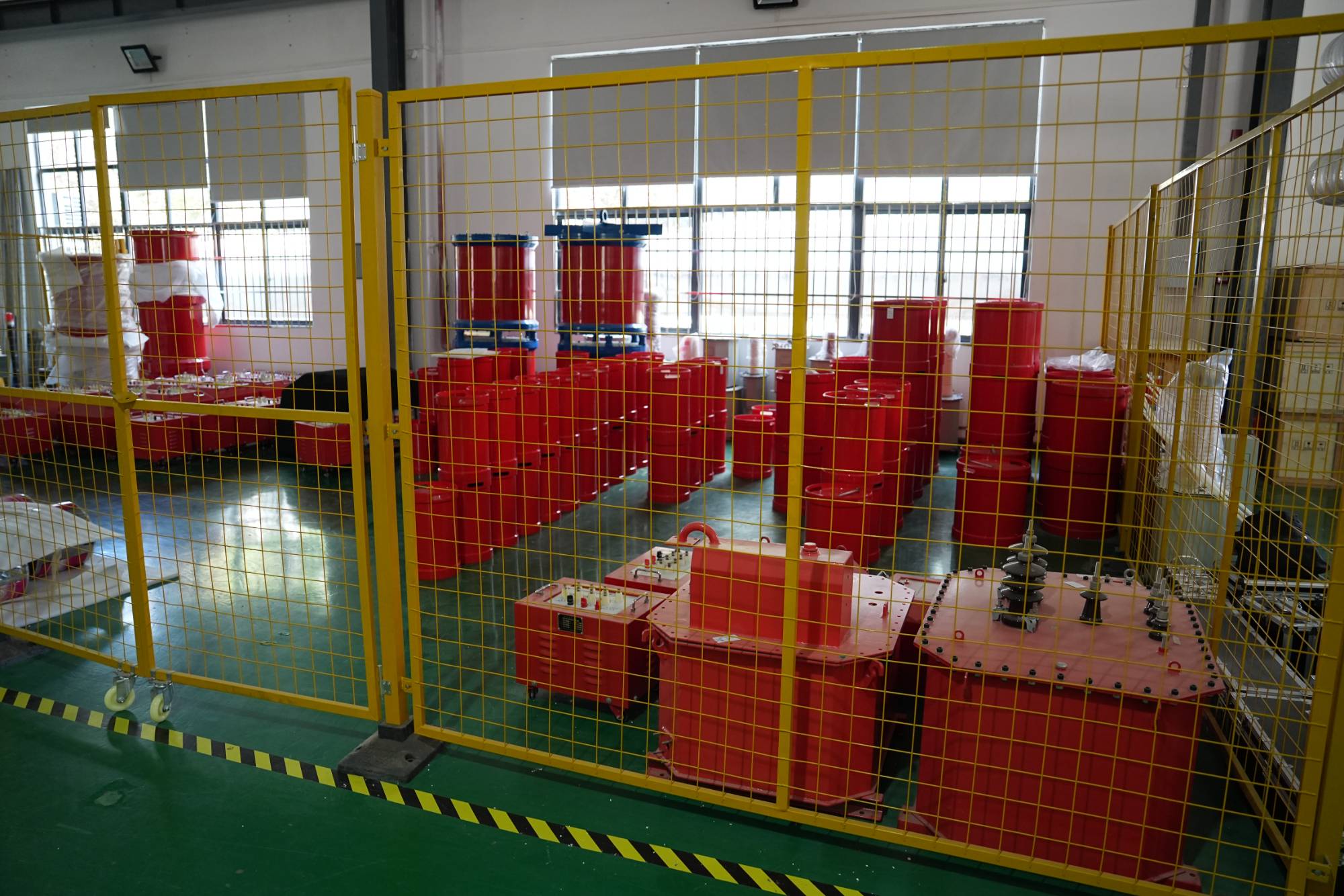
What are the factors that affect the results of the variable frequency series resonance test?
2025-10-22Variable frequency series resonance adopts various protection measures, making the test convenient, safe, and reliable. The inherent filtering effect of the resonance circuit ensures that the test voltage waveform output by the system fully meets the requirements of the testing program. However, there are often some uncertain factors in the results of series resonance tests. So, what are these factors? 1) The impact of high-voltage leadsWhen conducting AC withstand voltage tests on a single electrical equipment, due to the small capacitance of the test product, the impact of high-voltage wires on the test is minimal. When conducting AC withstand voltage tests on outdoor distribution equipment as a whole, the installation height of the equipment increases with the increase of voltage level. The higher the voltage, the longer the high-voltage lead. Generally, the longer the high-voltage lead, the higher the corona loss and the equivalent resistance of the circuit. The stray capacitance
MORE -
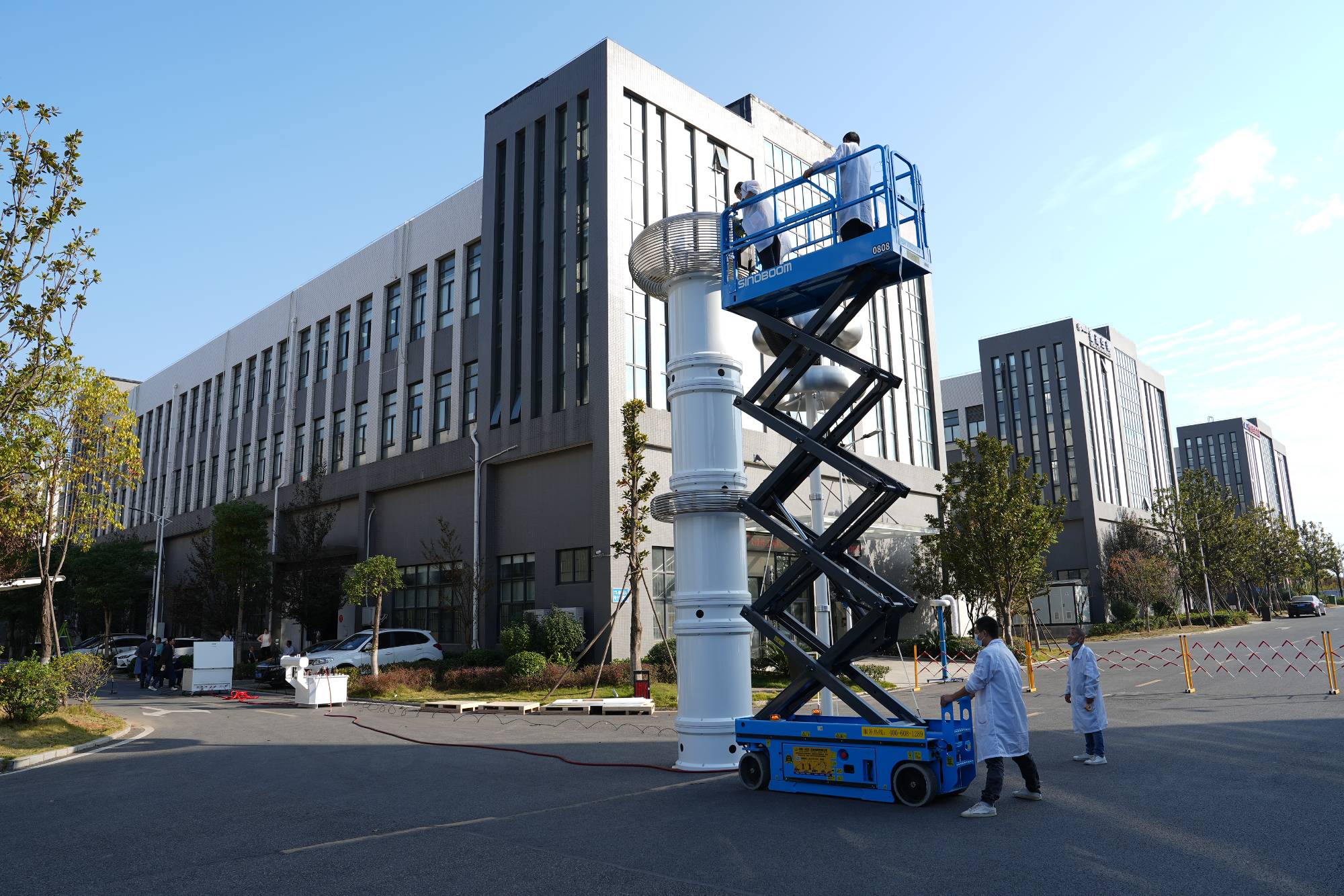
Characteristics of series resonance and parallel resonance
2025-10-22Series resonancehas the following characteristics:(1) Due to inductance being equal to capacitive reactance, the impedance reaches its minimum and exhibits pure resistance characteristics.(2) When the voltage is constant, the current in the circuit reaches its maximum value, which is used as the resonant current.(3) Due to resonance, the capacitance reactance is equal to the inductance, and the voltage on the inductance is equal to the voltage on the capacitance. The voltage on the inductance and the voltage on the capacitance are related to the resistance. If the inductance and capacitance are much greater than the resistance, the voltage on the inductance and capacitance may be much greater than the power supply voltage. Therefore, resonance, also known as voltage resonance, is destructive.Parallel resonance has the following characteristics:(1) When parallel resonance occurs, the total current of the circuit is minimized and in phase with the voltage. When the total impedance of the
MORE -
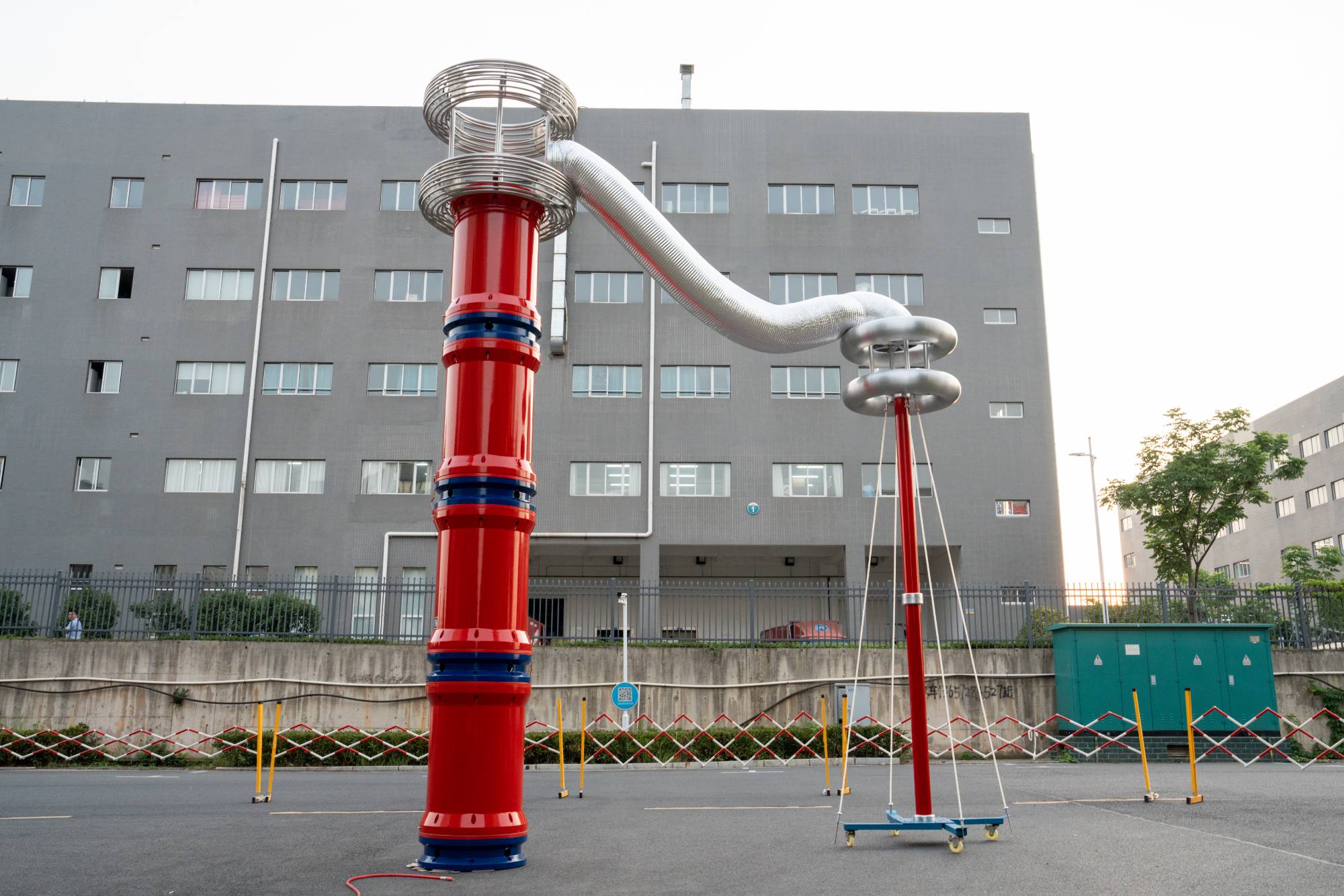
The principle and advantages of series resonance withstand voltage test
2025-10-21The series resonance test device can utilize the inductance and capacitance of the resonant reactor to generate series resonance with the tested equipment, and obtain the required high voltage on the tested object. The basic principle of series resonance is shown in Figure 1.Figure 1 Schematic diagram of series resonanceWhen a series resonance occurs in the circuit, x1=xc,uc=u/rxc=u/rxl。 XL is the loop inductance, XC is the loop bending resistance, U is the excitation voltage, and UC is the receiving voltage of the test sample. If the quality factor of the resonant circuit is Q, then Uc=Qu, that is, the voltage obtained on the test sample is Q times the excitation voltage, and the capacity obtained on the test sample is Q times the capacity of the test power supply, thus achieving the purpose of conducting AC withstand voltage tests on low-voltage small capacity large capacity test transformers.The main method of tuning is to use adjustable iron core air gap reactors through modulation
MORE -
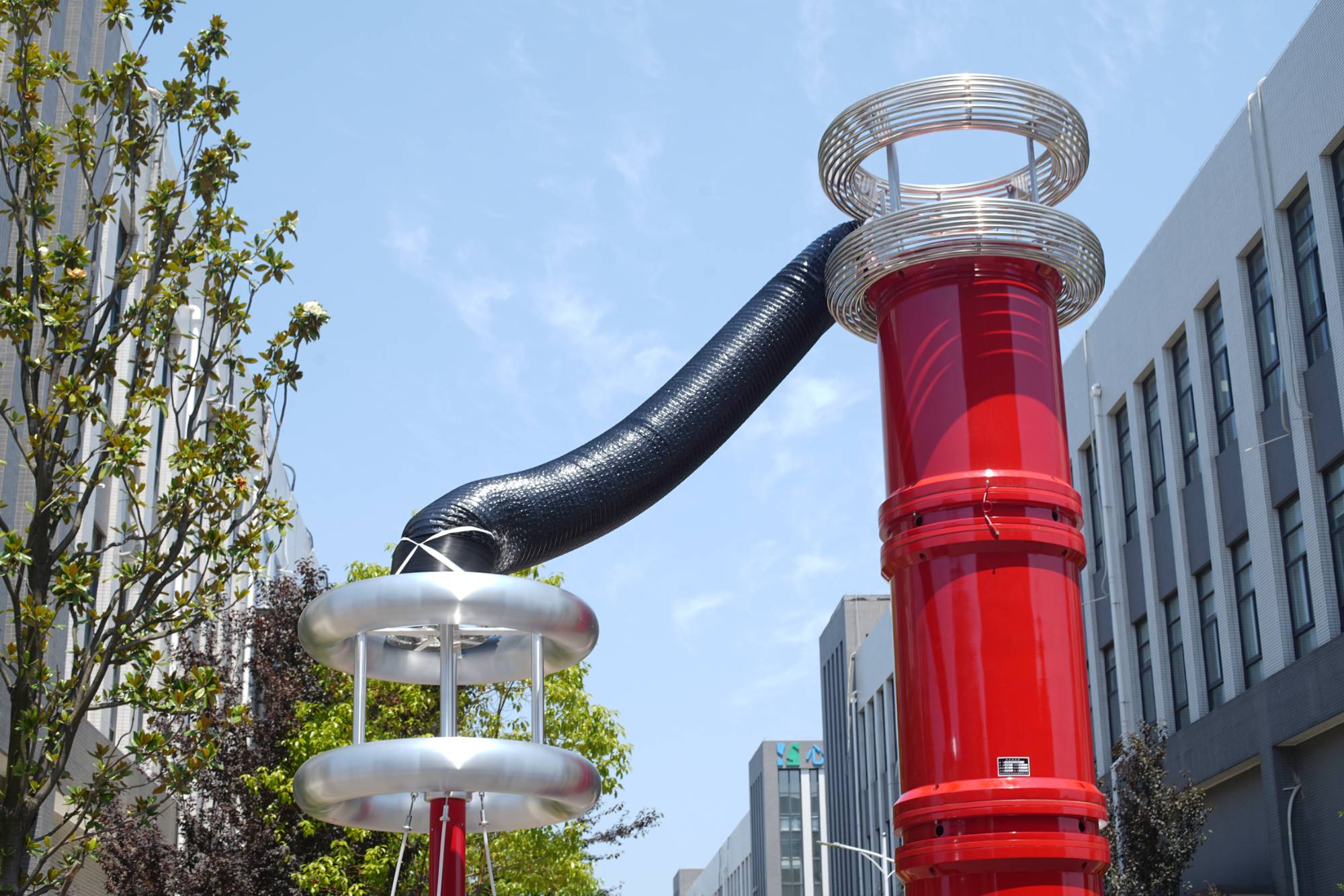
The following precautions should be taken during the operation of variable frequency series resonance
2025-10-211. Attention to wiring of excitation transformer: (1) For the withstand voltage device of 10 kV cable, the excitation transformer is generally connected to the low end; (2) The voltage withstand devices of 10 kV and 35 kV cables are connected to the low end of the 10 kV cable voltage withstand excitation transformer, and the high end of the 35 kV cable is connected to the high end; (3) 10 kV, 35 kV, and 110 kV cable voltage withstand devices: 10 kV and 35 kV cable voltage withstand excitation transformers are connected to the low end, and 110 kV cable voltage withstand excitation transformers are connected to the high end.2. Precautions for wiring reactors and capacitor dividers: For short cables, at least two reactors should be connected in series, regardless of voltage, to ensure that the circuit can resonate.3. Precautions for excitation transformer wiring: (1) The voltage withstand device of the motor is generally at the low end of the excitation transformer; (2) Voltage resistant
MORE -
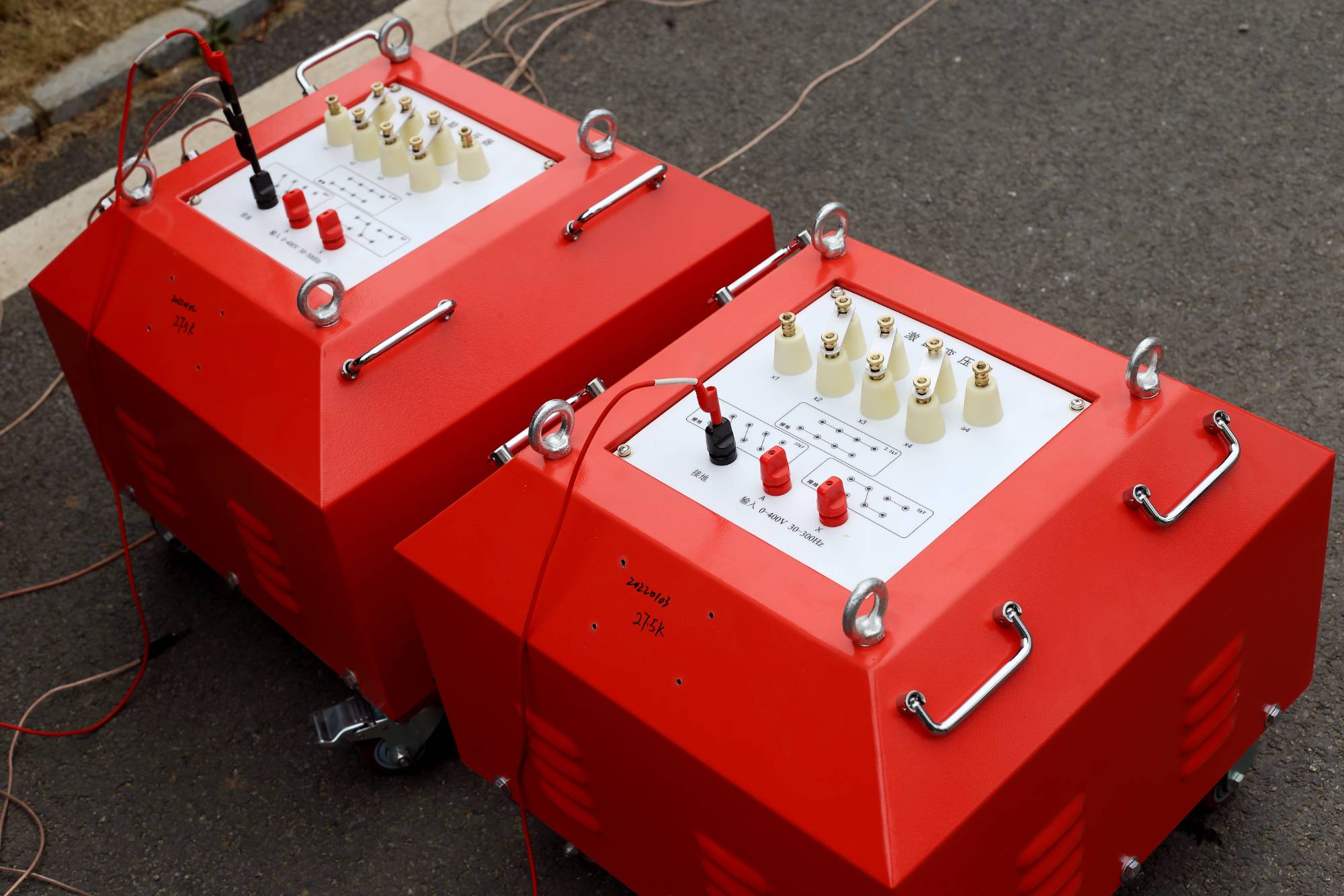
Why is a series resonant circuit called a receiver circuit?
2025-10-21At resonance, the impedance of the inductor is equal to the impedance of the capacitorTherefore, ωL= 1 /ωC, Where w is angular frequency=2 π fω 2 LC = 1ω 2 = 1 / LCTherefore, during resonance, the impedance of the RLC circuit is equal to RDue to the fact that the current flowing through a series resonant circuit is the product of voltage and impedance, the impedance Z is at its minimum value (=R) during resonance. Therefore, the circuit current at this frequency will reach its maximum V/R value, as shown below.The frequency response curve of a series resonant (also known as a power frequency withstand voltage test equipment) circuit indicates that the magnitude of the current is a function of frequency. When plotted on a graph, it can be seen that the response starts from near zero, reaches its maximum value at the resonant frequency when I MAX=IR, and then decreases again to near zero as ƒ becomes infinite. The result is that even during resonance, the amplitude of the voltage C acros
MORE -
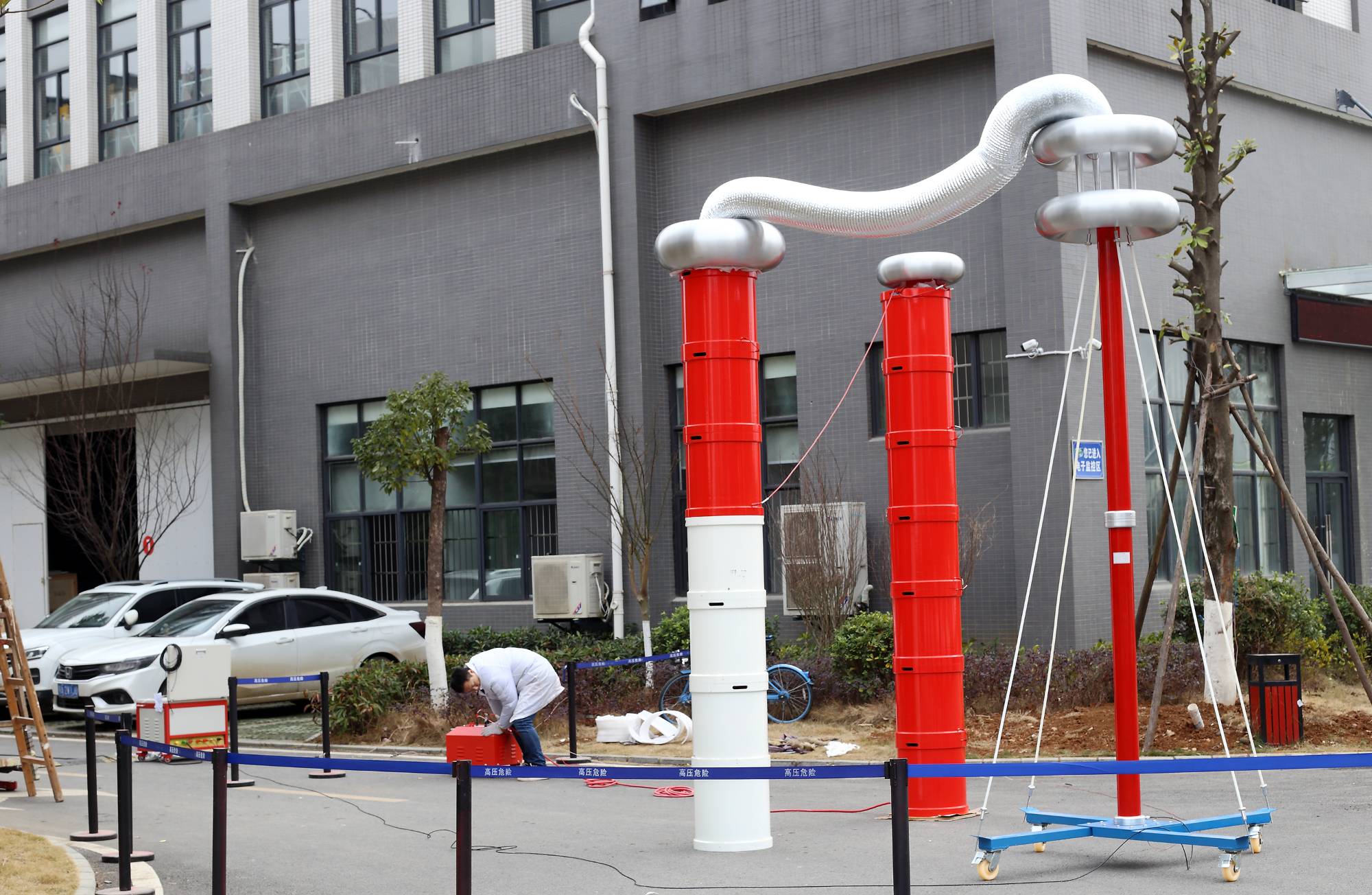
Charging Mode Control of Series Resonant Converter
2025-10-20In the technical field of devices and methods for converting power from power input to DC output voltage or current, a device and method for converting power from power input to DC output voltage or current, the device comprising a series resonant (also known as power frequency withstand voltage test equipment) converter, the series resonant converter comprising at least two semiconductor switches connected in series, the semiconductor switches having a common output terminal connected to at least one. The first coil may be part of a transformer, and the second winding of the transformer is connected to a rectifier device. The output of the rectifier device is connected to an output terminal, and the first feedback circuit is connected from the output terminal to an error amplifier. The error amplifier is connected to the input on the control circuit, and the output is connected to the input of the semiconductor switch through a driver device. The device further comprises a second feed
MORE



